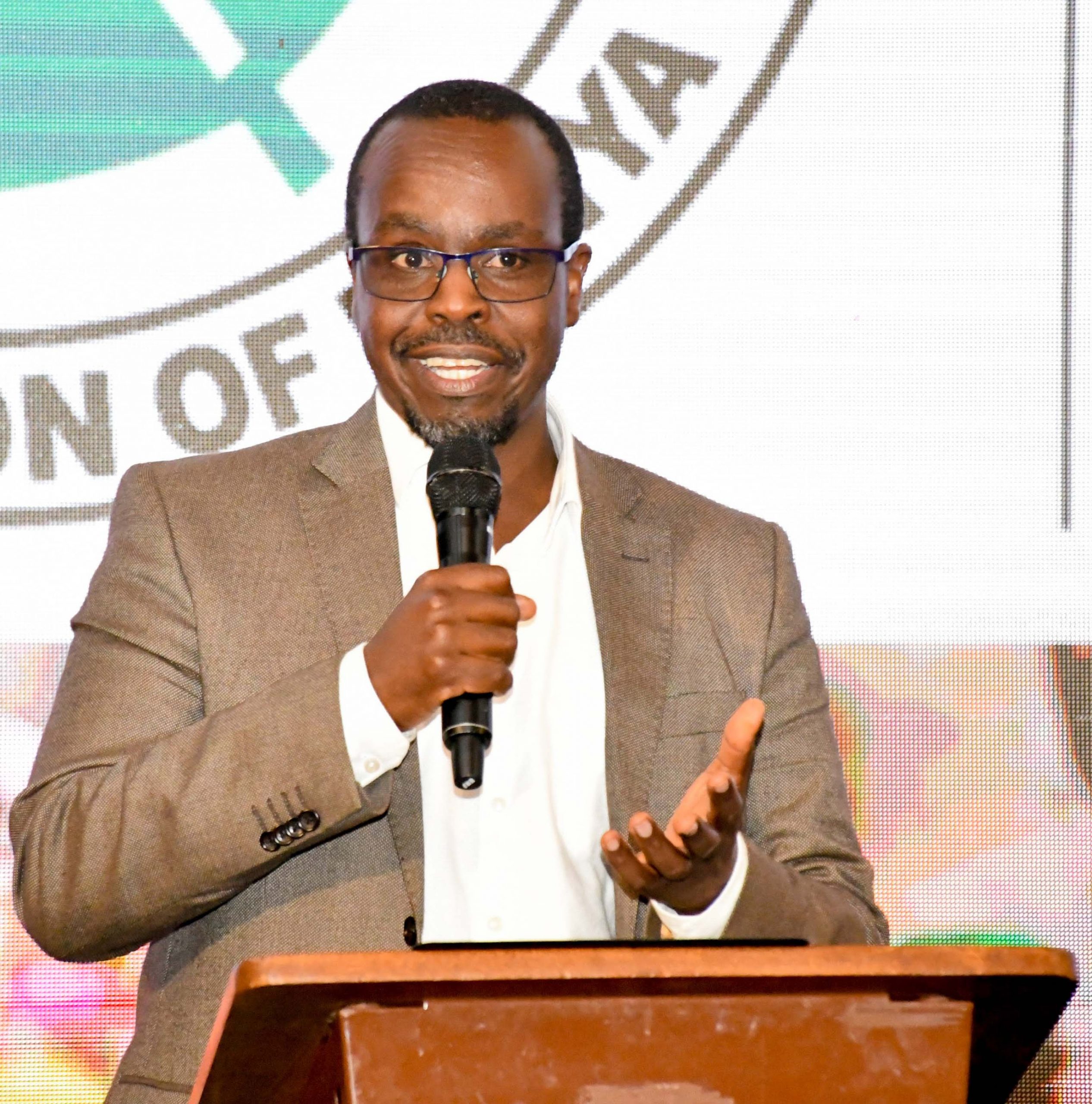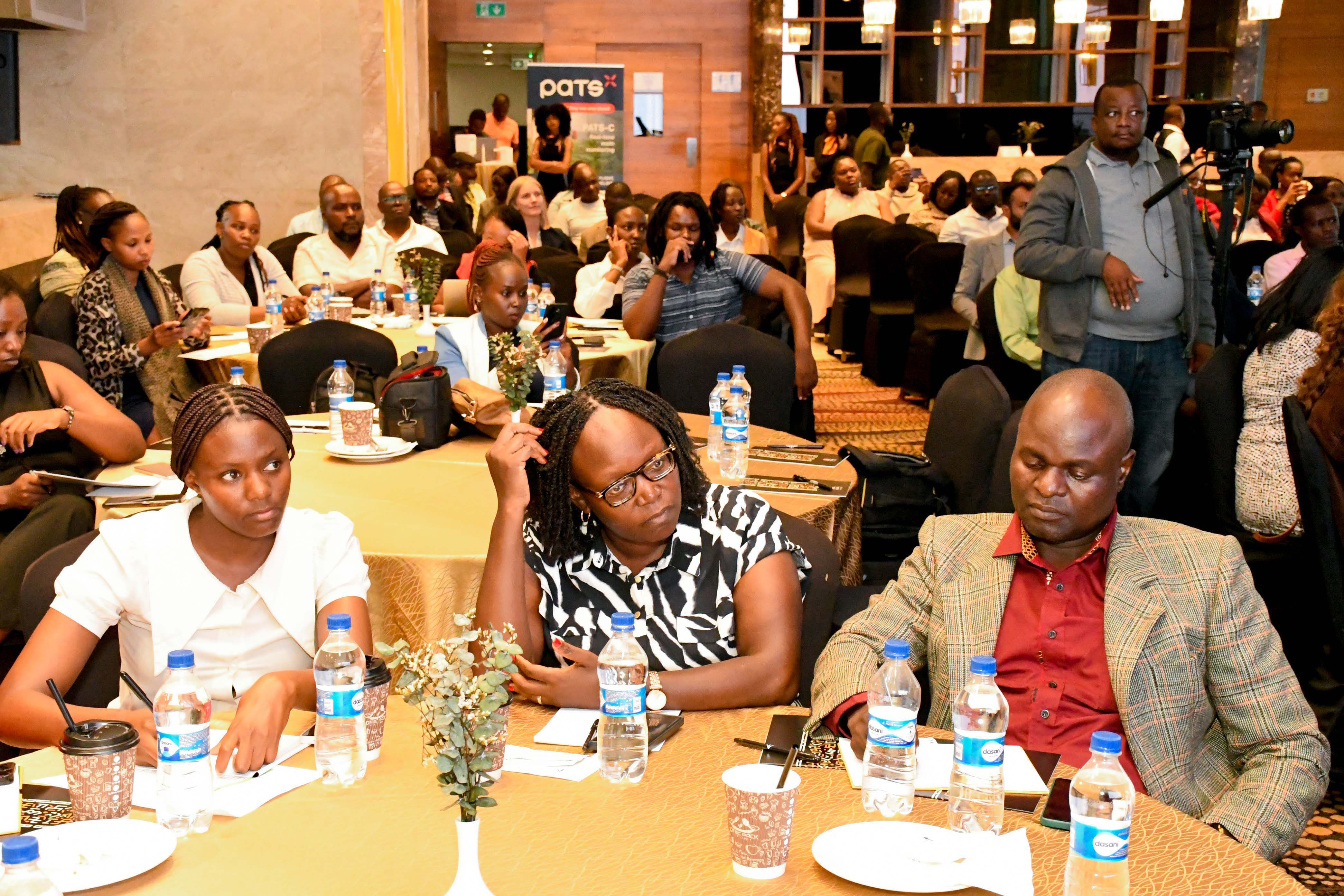
Kenya’s horticulture industry has achieved remarkable progress. Starting from modest origins in the 1970s, it has developed a strong foothold in European and Middle Eastern markets. The story of this sector is one of resilience, ambition, and continuous evolution. This year, as the Fresh Produce Exporters Association of Kenya (FPEAK) marked its 50th anniversary, industry participants gathered not only to celebrate but also to reflect on and address the challenges that will influence their future.
The anniversary event, themed ‘Reflecting on the Past 50 Years, Envisioning the Future of Our Industry,’ brought together growers, exporters, regulators, and government representatives. The evening was filled with storytelling, open discussions, and urgent calls to action for an industry that continues to provide livelihoods for thousands.
From Modest Origins to Global Markets
In 1975, Kenya’s horticulture trade was largely a secondary activity. Exports totaled only 26,600 metric tons, there was no cold storage at the airport, and market access depended heavily on personal connections. Nevertheless, the country had fertile land, a favorable climate, and a few visionaries who saw fresh produce as a viable business opportunity.
Their vision proved to be successful. The 1980s marked Kenya’s official entry into European markets. By the 1990s, the country was aligning with international plant health and phytosanitary standards, gaining access to the lucrative EU market. By the turn of the millennium, Kenya had transformed from a participant to the leading exporter of cut flowers to the European Union, while also steadily improving its fruit and vegetable export capabilities.
A More Challenging Decade for Growers
The last decade has proven to be quite difficult. Market disruptions such as Brexit, the conclusion of preferential trade agreements, and the COVID-19 pandemic have revealed the vulnerabilities in Kenya’s horticulture sector. Recently, freight issues have intensified, with disruptions in the Red Sea leading to increased shipping expenses and making airfreight less reliable.
Additionally, farmers are facing new threats from emerging pests like Tuta absoluta and False Codling Moth, while newer pests such as Persea mites are escalating crop protection expenses. Erratic rainfall and increasing water scarcity are adding further strain, compelling many growers to reassess their production approaches.
“The challenges are significant, but this industry is founded on resilience,” stated Mr. Robert Kotut, Chairman FPEAK to members during the event. The message was unmistakable: facing adversity is not a new concept, but overcoming it will necessitate innovative ideas and courageous collaborations.

Embracing Innovation and Sustainability
A significant trend has been the sector’s increasing focus on sustainable, climate-smart agriculture. More growers are turning to sea freight as a viable alternative to air transport, not only to reduce costs but also to satisfy the sustainability expectations of international buyers, particularly regarding carbon footprints.
For Kenya to maintain its competitive edge, industry leaders have stressed the importance of moving beyond the export of bulk commodities to focus on branded, high-value products with complete traceability. There is also a noticeable movement towards value addition. Processed fruits, pre-packaged vegetables, ready-to-sell floral arrangements, and salad mixes are securing a consistent market overseas.
Technology is anticipated to play a crucial role in this evolution. From AI-enhanced crop forecasting and drone monitoring to precision irrigation and mobile-based farm management systems, digital tools are becoming essential in contemporary horticulture.
Attracting Young Talent to the Industry
Engaging young individuals in the sector emerged as a significant discussion point at the event. The industry, historically perceived as a fallback option for the unemployed, is redefining itself as an appealing domain for agripreneurs and tech-oriented professionals. With prospects in agritech, logistics, export marketing, and value chain management, horticulture is gradually discarding its antiquated reputation.
A New Vision for the Coming 50 Years
FPEAK took the opportunity at the event to present its long-term vision. Major focuses include increasing Kenya’s market presence in Asia and the Gulf, investing in climate-resilient production methods, and developing flower, fruit, and vegetable varieties that are more compatible with local conditions.
The association also aims to create over one million new jobs in the next half-century, while boosting annual export revenues beyond the USD 3 billion threshold. The overarching objective is to establish horticulture not only as a source of foreign exchange but also as a key contributor to Kenya’s food security and green economy initiatives.
The concluding message of the evening conveyed a sense of cautious optimism. “The future will challenge us, but it also presents opportunities for those willing to adapt,” stated FPEAK’s team to the stakeholders.
